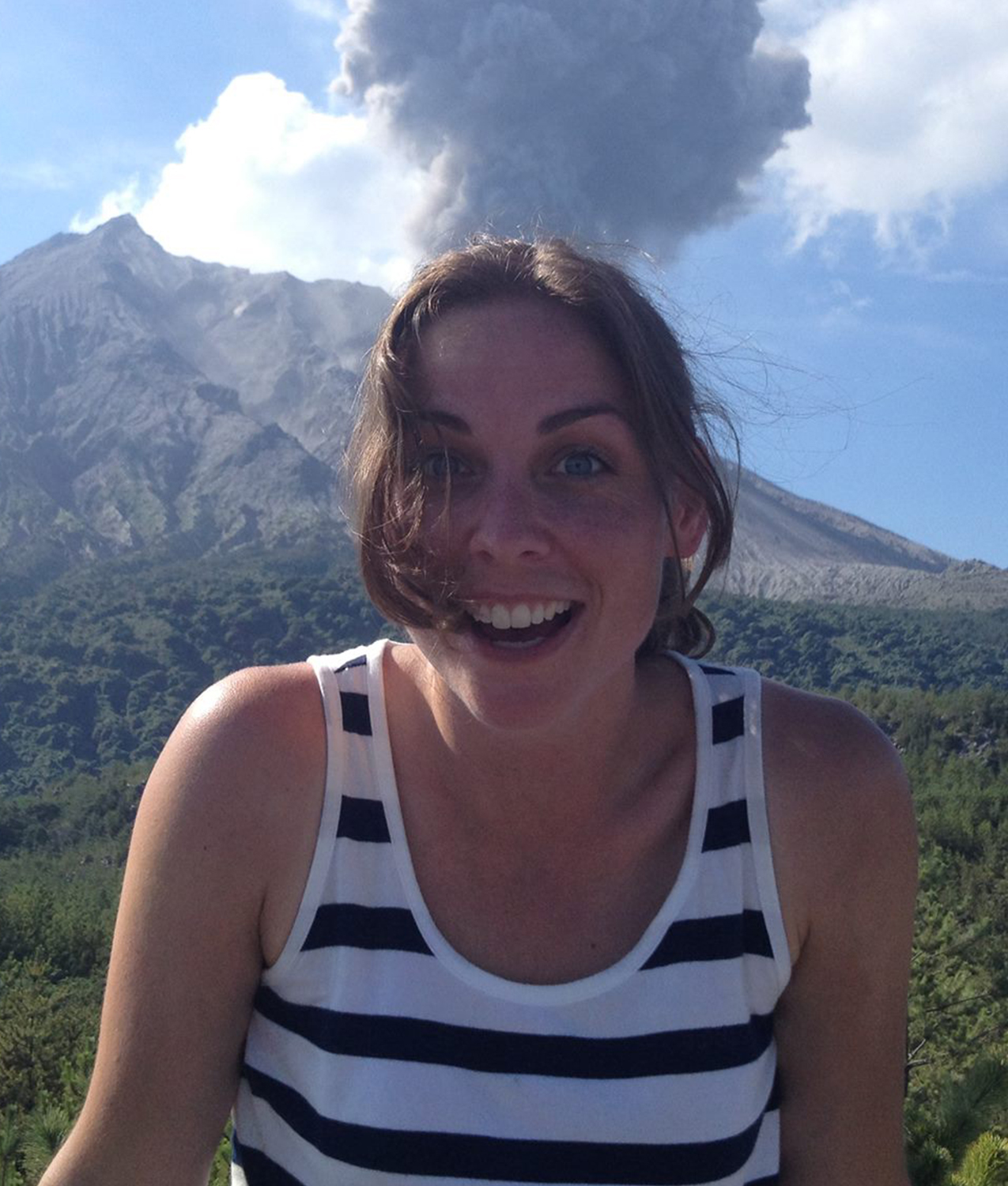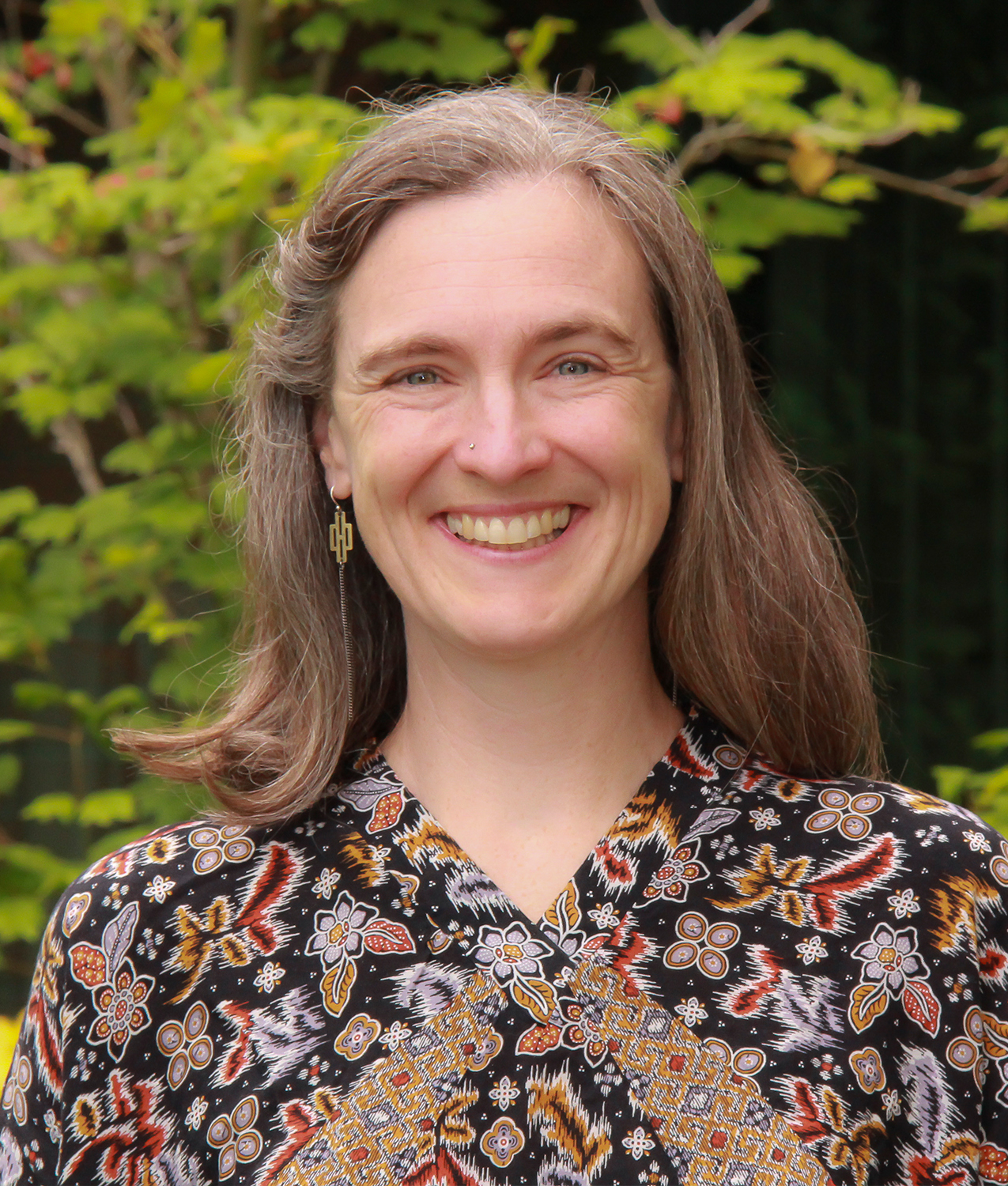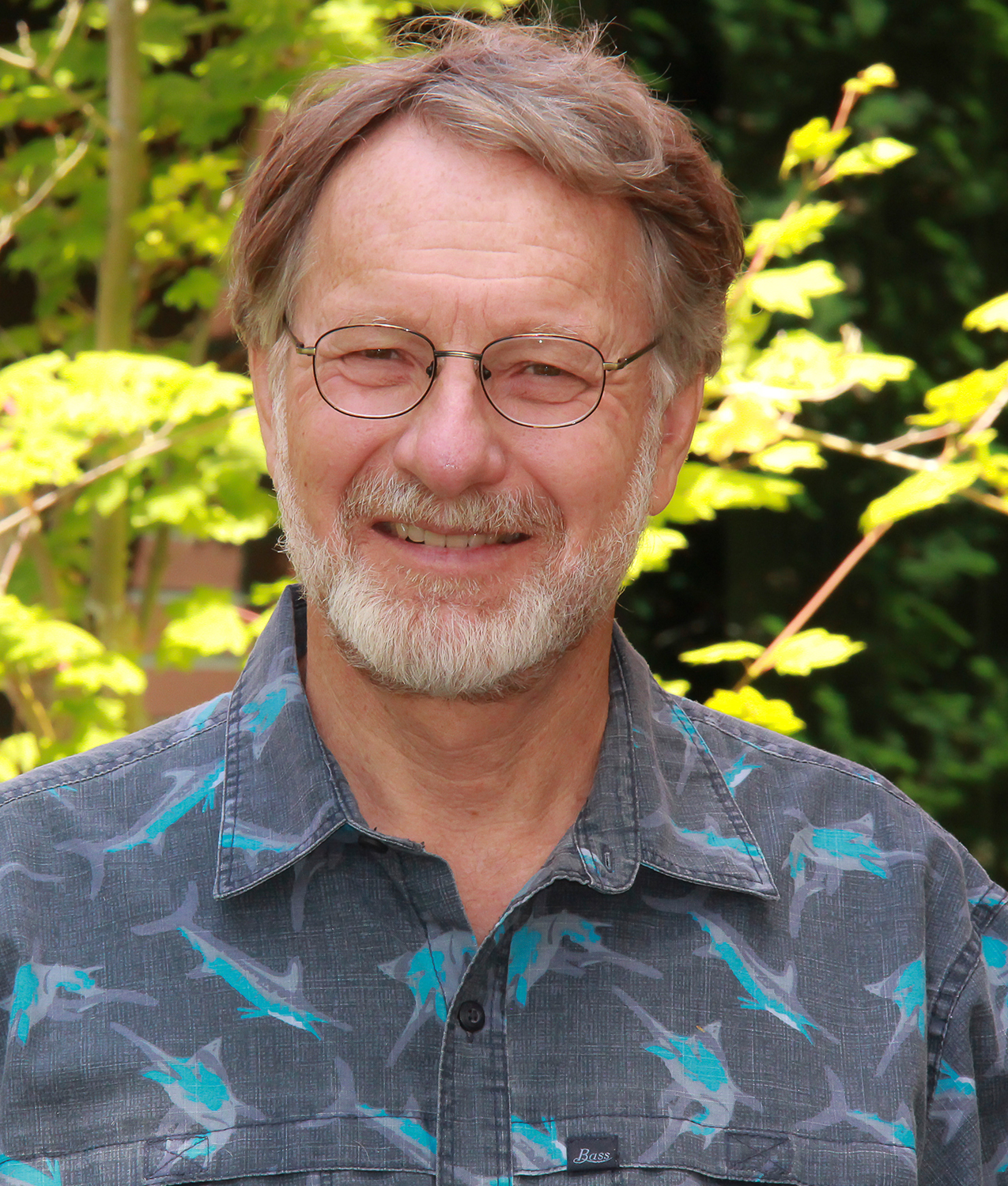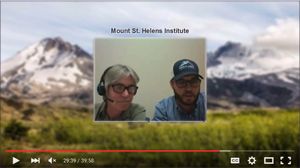March 6, 2018
Angie Diefenbach, Geologist, USGS Volcano Disaster Assistance Program

|
How can we measure a mountain?
During an eruption, it is very important to measure changes at the volcano. We need to know how much lava is coming out, how fast lava domes are growing, and where lava might go next. But volcanoes are big landforms and a tape measure simply isn’t long enough.
We use remote methods like sending in drones to take photographs of lava domes or other features and then combining the photographs using computer software to create digital elevation models that we use to measure changes. The data, along with earthquakes, gas emissions and thermal output, are used to better understand volcanic behavior. This helps us to provide a forecast of what might happen next and the where potential hazards might occur.
Angie will talk about how we can measure changes at the volcano using drones, cameras, and satellite technology. |
March 13, 2018
Heather Wright, Geologist, USGS Volcano Disaster Assistance Program

|
Eruption forecasting: Scientific teamwork makes the best interpretation possible
Volcanoes can erupt with devastating consequences. Explosive eruptions can blast rock fragments into the air with tremendous force. Thick lava can build domes that may collapse to form hot, fast-moving clouds of ash and gases. When volcanoes become active, scientists from many different fields work together to interpret monitoring data and make defensible hypotheses about what is going on beneath the surface.
Scientists with the USGS Volcano Disaster Assistance Program work with volcano experts from around the world to study volcano behavior and develop new ways to monitor activity so we can forecast when a volcano might erupt and issue alerts to people who might be affected.
Heather will talk about her experiences working with scientists from other countries to monitor volcanoes and prepare for eruptions.
|
March 20, 2018
Richard (Dick) Iverson, Research Hydrologist, USGS‒Cascades Volcano Observatory

|
What can we learn from rivers of mud?
Debris flows are churning, water-saturated masses of rock, soil and organic matter that rush down mountain slopes. Once a debris flows reaches flatter terrain, it spreads out and slows down, depositing a layer of mud and rocks. Volcanoes are a perfect setting for these events because of their abundance of steep, rocky rubble and a ready source of water in the form of rain, snow or ice. In the past, debris flows have traveled many miles downstream from volcanoes, making this the most threatening hazard in the Cascades.
Dick will talk about how he makes his own debris flows and releases them down a 310-foot-long debris flow flume to study what happens to the flows. He also uses computer simulations to understand how debris flows form and travel. His work is used to assess debris-flow hazards and to help design technologies that are used to mitigate the hazards, including automated detection and warning systems and engineering countermeasures that protect people in high-risk areas.
|
